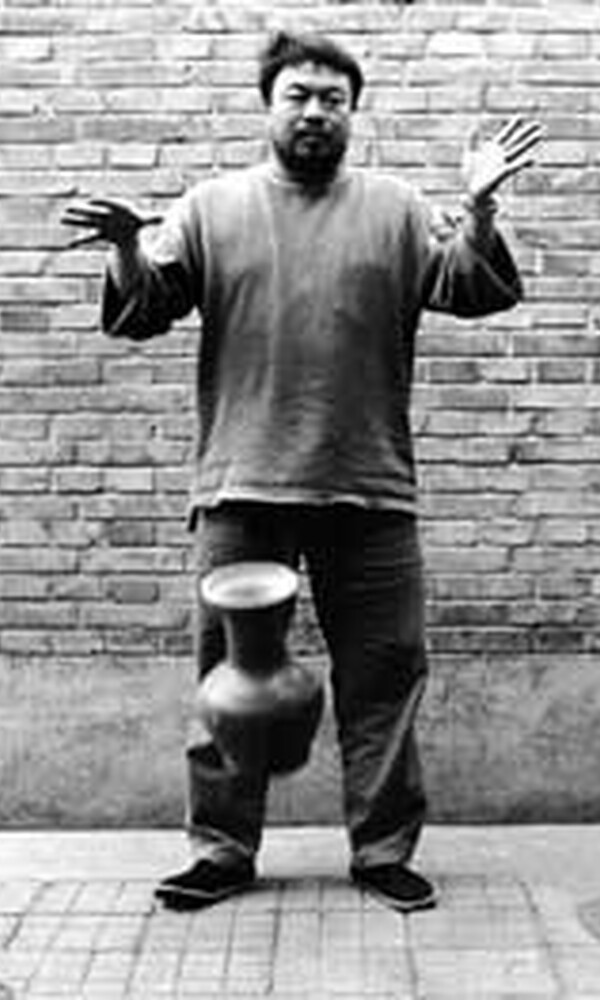Since the post-Mao reform era began in 1979, China has seen the emergence of an extremely diverse and dynamic art scene, a development that has taken place within a short space of time and in spite of the continuing difficulties faced by those involved in independent art production. In recent years, contemporary art from China has also been attracting great interest in the West.
Chinese artists have quickly found their place in the international art scene, and skilfully employ media, techniques and forms of expression that were developed in the West. Nevertheless, their specifically Chinese roots – pre-modern tradition on the one hand, the requirements of the Socialist Realist style prescribed by the Communist Party until the late 1970s on the other – are evident in many of the artists’ works; in comparison to Western art, for example, greater emphasis is placed on figurative painting.
Some of these artists consciously address the issue of their national identity by adopting the techniques and formal language of traditional Chinese art and placing them in a new context. Another significant trend is to parody or reflect upon the art and art history of the West from a Chinese perspective. Above all, however, Chinese avant-garde art has to be viewed in the light of the tremendous social and economic upheavals that have taken place in recent decades; a large number of works specifically reflect the tension between the socialist ideals which are still officially valid and the wave of consumerism that has swept the country as a result of the capitalist reforms.
Swiss collector Uli Sigg, Vice-Chairman of the Board of Directors of the Ringier Group, has taken a keen interest in China and its culture since the late 1970s. Together with his wife Rita, he has been building a collection devoted exclusively to Chinese art since the mid-1990s, and can justly be regarded as a pioneer in this field. Having initially concentrated on the acquisition of new art, Sigg soon began to extend his collection to include ‘historic’ works of Chinese avant-garde art from the 1980s and early 90s. The result of this systematic approach is a collection of contemporary Chinese art that is unparalleled in its scope and quality. All the leading positions and important trends are represented here by major works, many of which have now achieved iconic status in the Chinese art world.
The exhibition in the Hamburger Kunsthalle gives the German public the opportunity to view a representative selection of works from the Sigg Collection. It provides an overview of a quarter of a century of Chinese avant-garde art (1979–2005) and surpasses all previous exhibitions on the topic in terms of its focus and quality.
